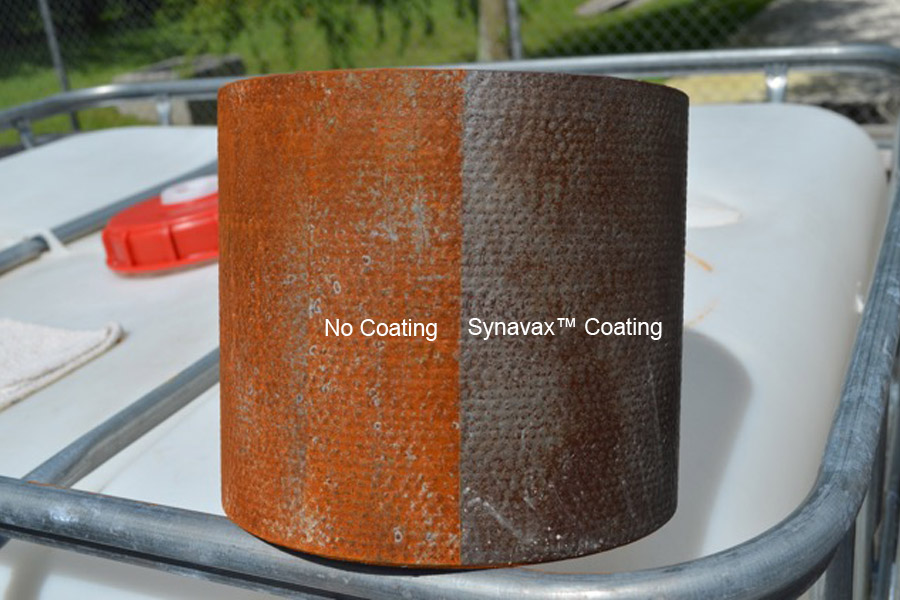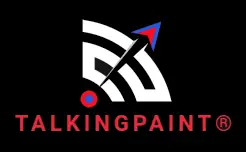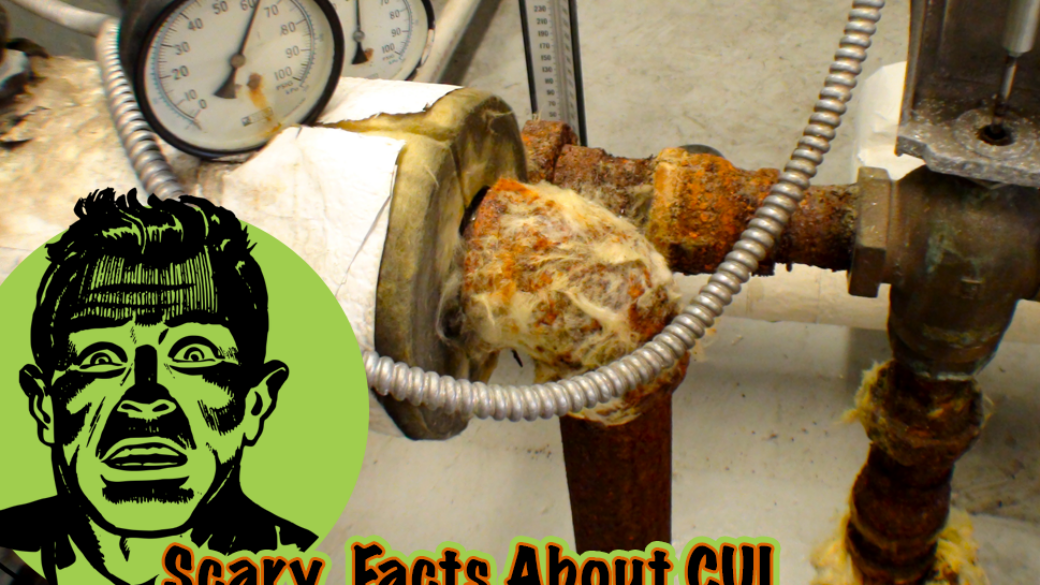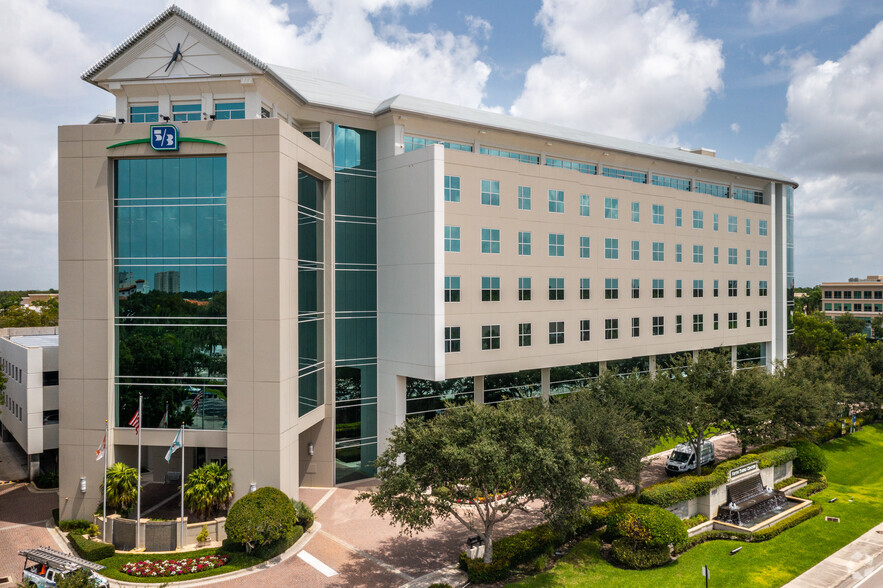A localized and particularly severe form of corrosion is called corrosion under insulation, also known as CUI. Moisture infiltration in older traditional forms of insulation, such as fiberglass, mineral wool, and foam wraps is the main culprit. Once moisture is inside the insulation system, it’s trapped at the interface between the insulation and the equipment and corrodes the surface.
The National Association of Corrosion Engineers (NACE) estimates the cost of corrosion globally at a staggering $2.5 Trillion dollars US annually. They also note that implementing corrosion prevention best practices could result in savings of 15 to 35% of the cost of damage.
The Corrosion Doctors has an excellent explanation of why CUI is one of the worst types of corrosion that facilities experience at all process temperatures:
High temperature equipment is just as susceptible to CUI as equipment at lower temperatures. In a steam pipe, for example, water that infiltrates an insulation material will defuse inward and eventually reach a region of “dryout” as it reaches the hotter temperature at the pipe surface. Near that dryout area is a zone where the pores of the fibrous insulation are filled with saturated salt from the process. When shutdown occurs and the pipe temperature is lowered, that saturated salt solution moves into the metal wall of the pipe.
The drying/wetting cycles that occur with CUI associated problems accelerate the corrosion damage and can cause some of the scariest corrosion issues, like stress corrosion cracking and premature catastrophic equipment failures.
Where Does Moisture Come From?
Moisture infiltration that causes corrosion under insulation can come from the outside or inside of an insulation system.
Outside the system, rain, snow and high humidity areas causes moisture that works its way down beneath the jacketing and into the insulation.
Inside the system, moisture can form due to temperature differentials at the interface between the equipment surface and the insulation.
In both cases, the moisture is trapped on the metal surface by the insulation, accelerating the corrosion damage.
How Do You Insulate Without CUI?
Syneffex™ industrial thermal insulation coatings were engineered to prevent CUI by solving the moisture issue and adding anti-corrosion capabilities to our insulation.
Our Nansulate™ coatings form a tight bond with the equipment surface so moisture cannot impact the surface to cause corrosion. Our products are also hydrophobic, meaning they repel water from the surface. They don’t even need any exterior jacketing!
How well do our coatings stop corrosion and CUI? Take a look at the photo below. This is a 30 day salt-water submersion test where our Nansulate™ Translucent PT coating was applied to half of a steel column section.
After being submerged for a month, the uncoated area shows corrosion and the PT coated area is still pristine and had no creep at the scored area.

Stopping CUI in your facility is as easy as swapping out your old insulation for Syneffex™ thermal insulation coatings. They provide a powerful combination of:
- Energy Savings
- Corrosion/CUI Prevention
- Long-term, Maximum Performance
- Moisture Resistance
- Asset Protection
Need Some Help Stopping Corrosion & CUI?
Lower next year’s corrosion repair and maintenance costs! Just provide us a little information about your equipment dimensions and operating temperature and we can send you a personalized specification and quote to get you started.




